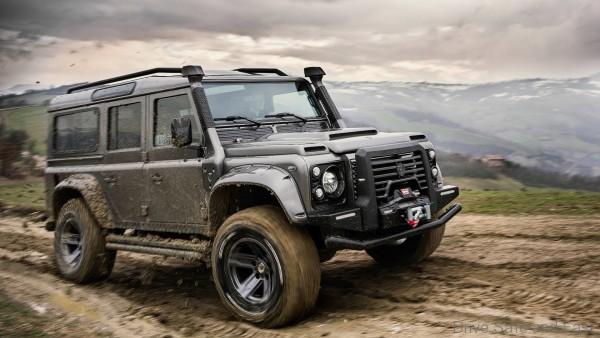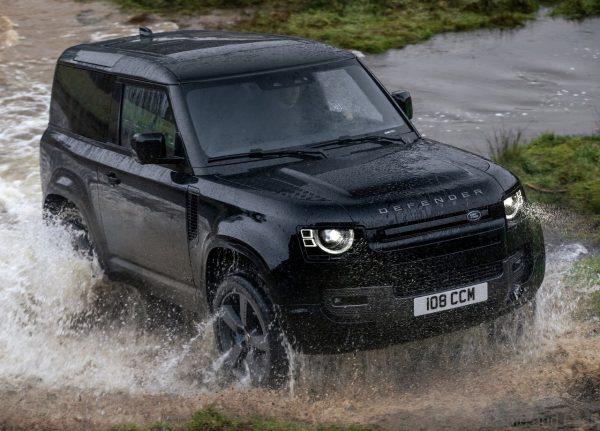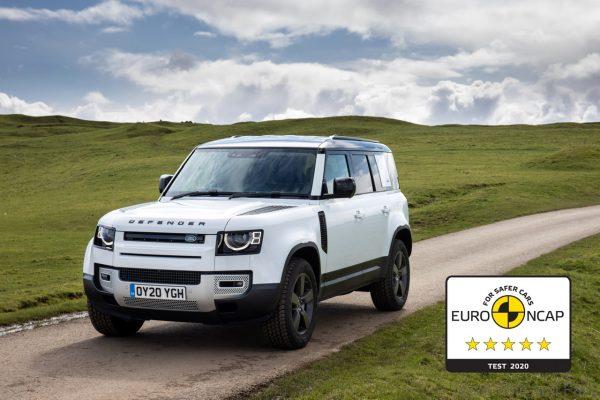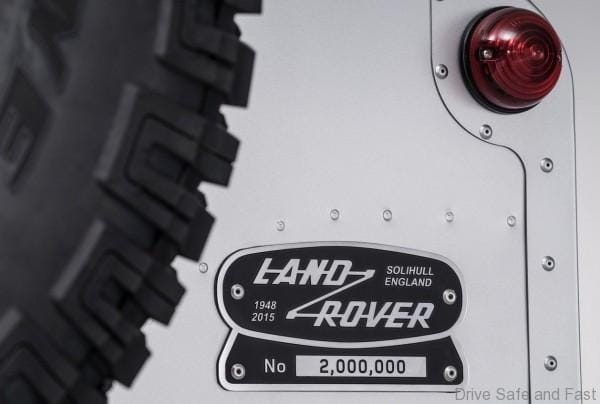The Land Rover has steadily improved over the years following its launch in 1948.
It all started with the Series 1 Land Rover 80. When it was introduced in 1948 it was just called ‘The Land Rover’. The first Land Rover was the smallest of all the preceding Land Rover models, until today. Over the years it became a familiar sight in Asia, especially Malaysia.
It was said that this capable off road vehicle was created as more of a ‘stop-gap’ to match the on going Rover car production requirements, rather than to meet a specific existing market need (military or police).
In the first full year of sales, just a tad more than 8,000 units of the Land Rover were sold compared to a target of just 5,000 units which was set by the management. By 1951, Land Rovers were out-selling the once profitable Rover road cars by almost double.
Surprisingly, this humble Land Rover 4×4 vehicle was adaptable to a huge range of market needs and not just for farming use. It was soon seen being used by the police force, military, town councils, aid agencies and more.

In 1952, it was decided to upgrade its 4×4 ability and so its four-wheel drive system would engage automatically when the low gear range was selected. This was performed with a simple dog clutch mechanism that would be used on all later Series Land Rovers.
The existing gearbox was also slightly re-designed to handle the more powerful just introduced 2-litre engine. This bigger engine was needed as the 7-seat station wagon Land Rover was also introduced.
Some years later, in 1990 the name ‘Defender’ was adopted to differentiate the original cute ‘Jeep’ from the recently introduced Land Rover Discovery which made its introduction. The 1983 models were known as the 110, the 90 and the 127, denoting the different wheelbase options.
The name Land Rover Defender was used to describe vehicles produced previously to the Discovery which was produced from 1991. This includes models which were originally named as Series 1, Series 2, Series 3 or Land Rover 90, 110 and 127. After 1991 these vehicles were named as Defender to differentiate them from the Discovery.
In the last decade there has been a surge in classic Defender restorations around the world and also in Malaysia.

Then Came The TD5 DEFENDER
In 1999 the TD5 Defender was introduced. It was ECU controlled with a powerful engine. Many classic Land Rover enthusiasts found the engine too complex to repair, so it has not become as popular for car collectors. Problems with the engine began to arise as they grew older. Production of the TD5 ceased in 2016 and the last Defender left the Solihull factory in January.
In October the same year the Land Rover Classic opened its doors to provide enthucaists and visitors the chance to experience the restoration of an early Land Rover live at the brand’s bespoke workshop and facility at Solihull which is now known as the ‘Home of the Legend’.
It was a sad day for many around the globe when the last Defender rolled off the production line nearly 70 years after the first Land Rovers made its way into the countryside and across the globe to every single country.


















